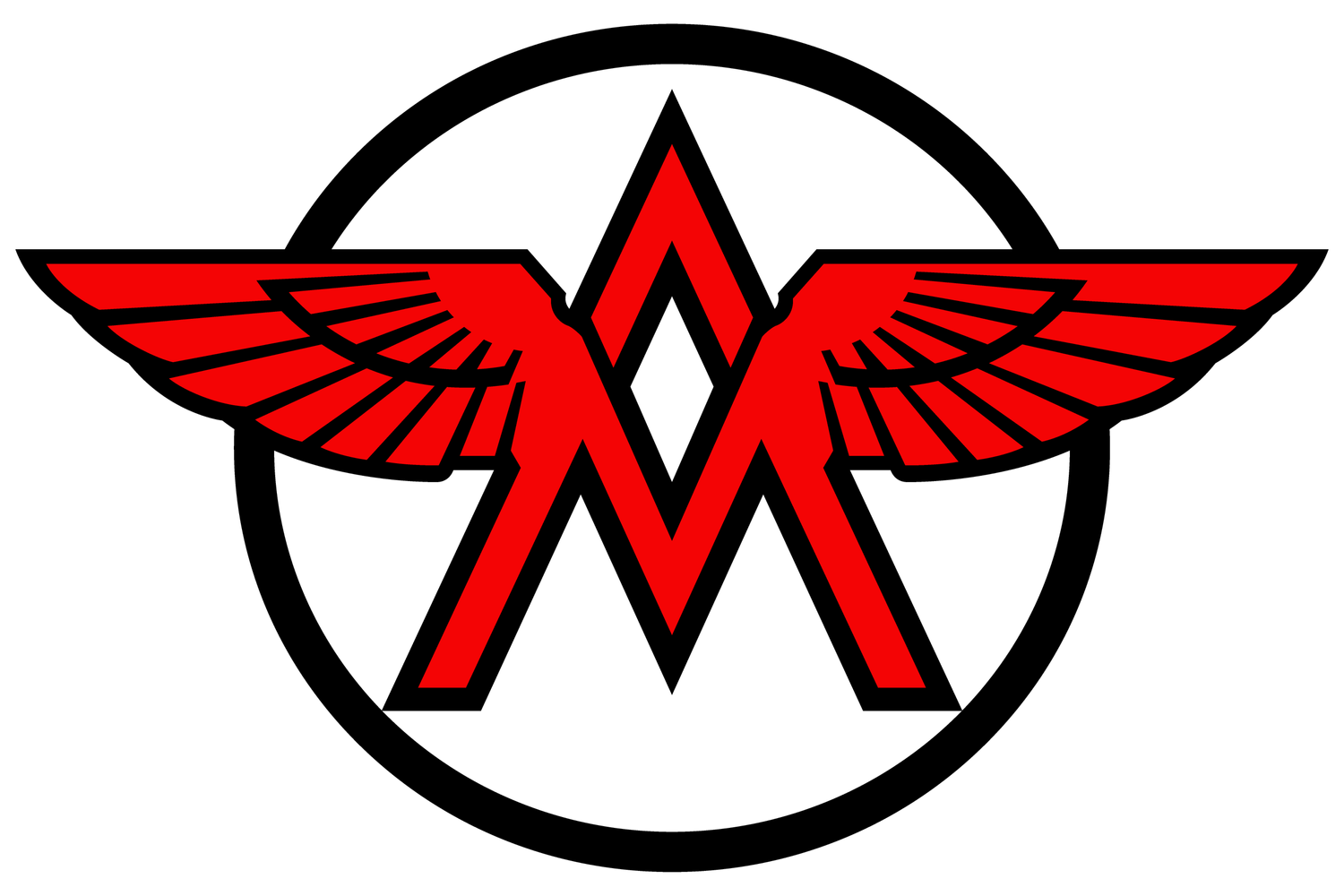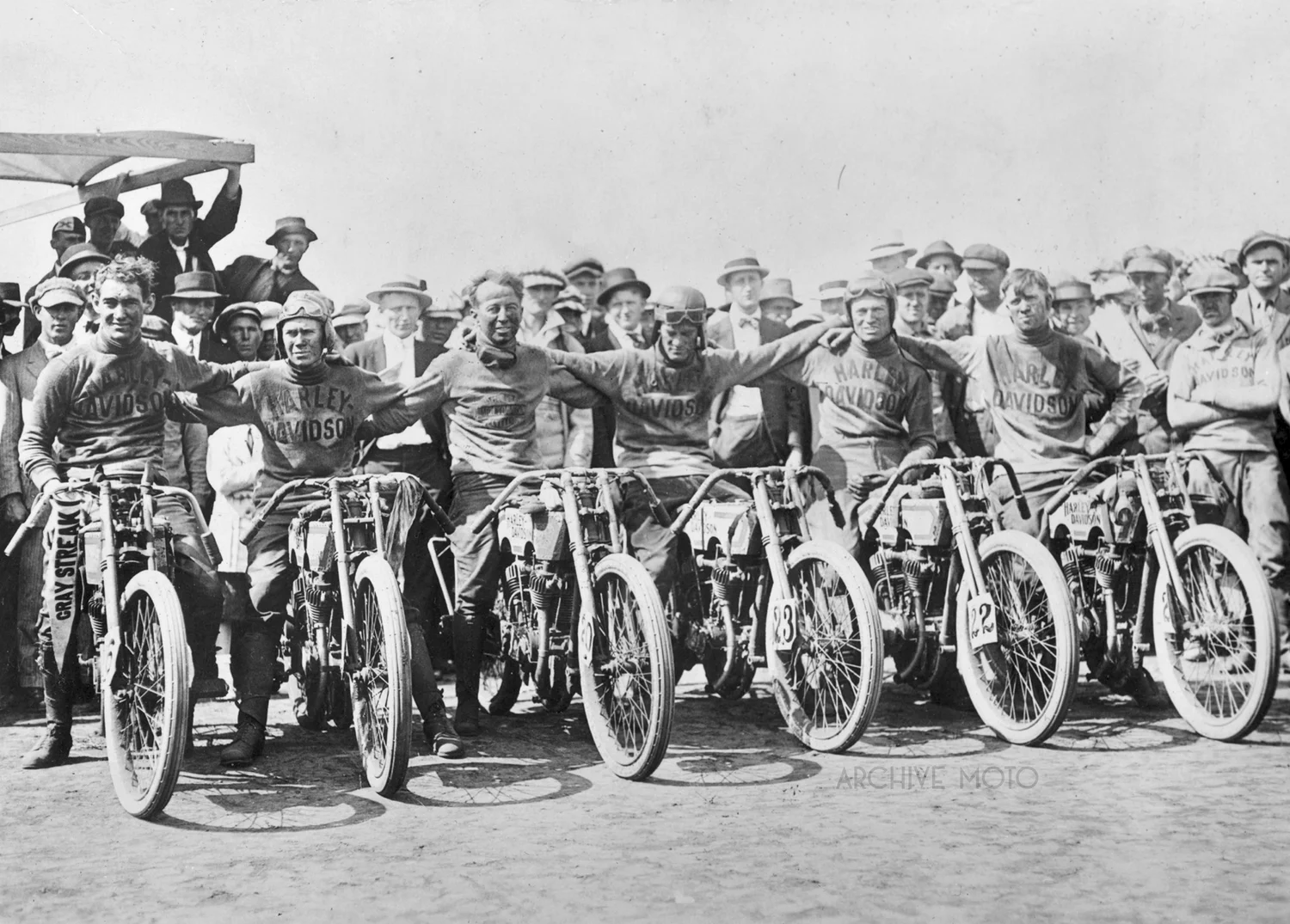From the earliest days, the motorcycle industry in America realized the profitable potential between aligning their products with the sporting young gentlemen who slung themselves around the race tracks. No doubt a philosophy carried over from the good ole’ days of bicycle competition, advertisements which initially touted the brand’s superior technology quickly began to backupsuch claims with their successes at speed trails, reliability runs, road races, and hill climbs. Indian Motocycles, one of the first manufacturers to realize the lucrative relationship between competition success and showroom sales was also one of the first to capitalize on their victories, running ads like Indian’s 1904 “Scalps” campaign which trumpeted their titles back to 1902.
On March 26, 1903, as witnessed by an inaugural crowd of 3,000 Gilded Age elites, the first official races were staged in front of the Ormond Hotel, on the north end of Daytona Beach, Florida. In-between the dunes and the Atlantic, where the hard-packed sand seemingly stretched out to the horizon, three automobiles and a lone motorcycle made record runs for the first time, establishing a long lasting American love affair between speed demons and the beach. The single motorcycle entrant, a young Swedish immigrant named Carl Oscar Hedstrom, a former cycle racer and aspiring engineer, had already established his place in American motorcycle history as one of the cofounders of the Hendee Manufacturing Company, makers of the legendary Indian motorcycle.
After having laid waste to numerous motorcycle land speed records on the sands at Daytona beach in February 1920, Harley-Davidson and their star Wrecking Crew racer Red Parkhurst savored the accolades that poured in from every corner of the country. However, though Parkhurst could claim that he was officially the fastest man on two wheels on the planet, his crown would soon be snatched by a wiry southern boy on a crimson rocket.
America first fell in love with motorized speed on the hard-packed sands of Florida’s coastline at the beginning of the 20th century. The annual Carnival of Speed at Ormond Beach, a northern neighborhood of Daytona immediately caught the attention of the world’s most passionate auto and motorcycle enthusiasts, establishing the area as the world’s “Birthplace of Speed.” However, as the industry and infrastructure of racing grew over the years the pursuit of speed records shifted to more managed and manicured venues like the speedway tracks at Indianapolis, the perilous short circular motordromes, and the large wooden super speedways of the late teens. In February 1920, Harley-Davidson, who was at the height of their racing success given their powerhouse stable of “Wrecking Crew” racers and their high-test factory racing machines like the banjo two cam 8 valves, resolved to revisit the sunny shores of Florida’s Eastern seaboard, aiming to set new land speed records once again on those hallowed sands.





